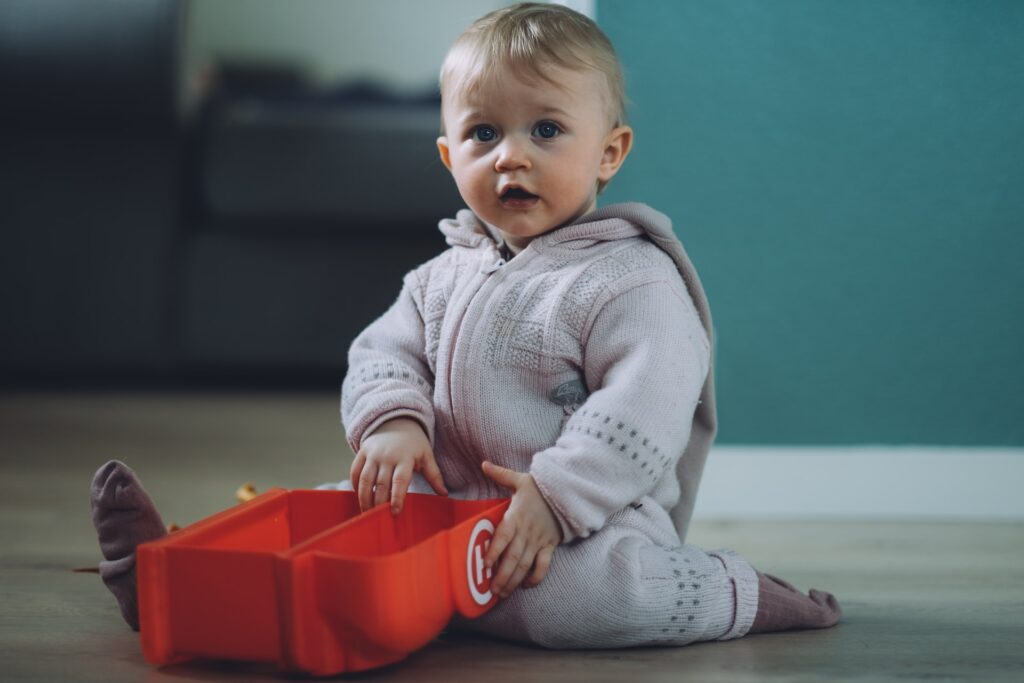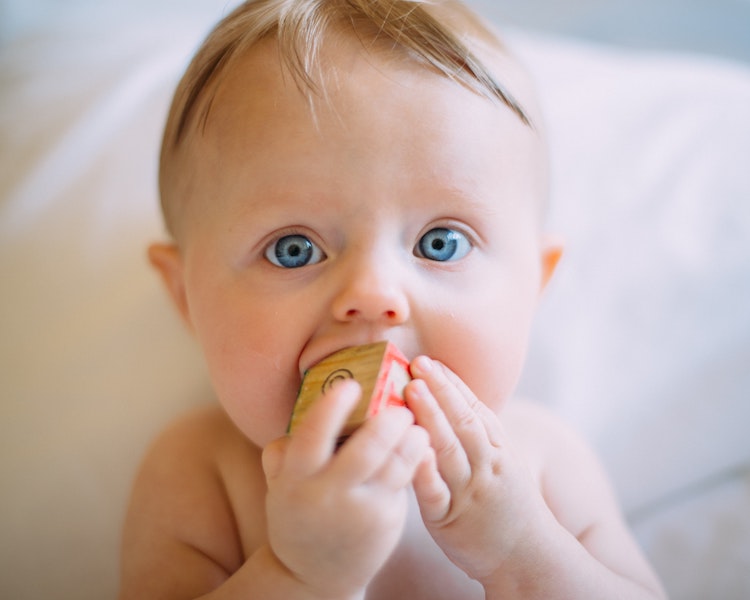As a parent, nothing is more important than your baby’s health. But did you know that mold exposure can pose a potential threat to your little one? Mold is a common problem in many homes, and infants are particularly susceptible to its harmful effects. In this article, we will explore the various symptoms of mold exposure in infants and provide you with essential tips on how to protect your baby’s health. By being aware of these symptoms and taking preventive measures, you can ensure a safe and healthy environment for your precious bundle of joy.

Causes of Mold Exposure in Infants
Mold exposure in infants can occur due to several factors. One of the primary causes is living in a damp and humid environment. When the moisture levels are high, it creates an ideal breeding ground for mold to grow and thrive. Additionally, water damage in the house can also contribute to mold growth. Whether it’s a leaking roof, burst pipes, or water infiltration in the basement, any form of water damage can lead to mold infestation. Poor ventilation in the living space can further exacerbate the problem by trapping moisture and preventing proper air circulation.
Common Symptoms of Mold Exposure in Infants
It is essential to be aware of the common symptoms of mold exposure in infants. By recognizing these signs early on, you can take the necessary steps to protect your baby’s health. Some of the most prevalent symptoms include respiratory issues, allergic reactions, skin problems, and irritated eyes and throat.
Respiratory Issues
Mold exposure can impact an infant’s respiratory system, leading to various respiratory issues. Coughing is one of the primary symptoms, which can be persistent and accompanied by phlegm production. Wheezing, a high-pitched whistling sound while breathing, may also occur. Infants might experience shortness of breath, causing them to have difficulty breathing normally. Another sign of respiratory problems is a runny or stuffy nose, which can make breathing uncomfortable for your baby.
Allergic Reactions
In some infants, mold exposure can trigger allergic reactions. Sneezing is a common symptom, and your baby may sneeze frequently, particularly when exposed to moldy environments. Itchy or watery eyes can also occur due to the immune system’s response to mold spores. Nasal congestion is another allergic reaction, making it challenging for your baby to breathe through their nose. Additionally, infants with mold allergies may develop skin rashes or hives as a result of exposure.

Skin Problems
Mold exposure can lead to various skin problems in infants. One of the most noticeable signs is the presence of redness or rash on the skin. These rashes may appear in different areas of the body and can be itchy and uncomfortable for your baby. Mold exposure can also cause dry or scaly skin, which may feel rough to the touch. Your infant may exhibit signs of skin irritation, such as constant scratching or discomfort.
Irritated Eyes and Throat
Infants exposed to mold may experience irritated eyes and throat. Redness or irritation in the eyes can occur due to the release of mold spores in the air. This can cause discomfort and make your baby rub their eyes frequently. Additionally, mold exposure can lead to a sore throat, making it painful for your infant to swallow. A hoarse voice may also develop as a result of the irritation from mold exposure.

Diagnostic Tests for Mold Exposure in Infants
If you suspect that your infant has been exposed to mold, diagnostic tests can help determine the extent of the exposure and its effects on their health. A physical examination conducted by a healthcare professional can help identify visible symptoms and assess the overall well-being of your baby. Allergy testing may also be recommended to determine if your baby has mold allergies. Blood tests can provide further insight into their immune response to mold exposure.
Preventing Mold Exposure in Infants
Prevention is key when it comes to protecting your infant from mold exposure. By taking proactive measures, you can create a safe and healthy environment for your baby. Maintaining clean and dry living conditions is essential. Regular cleaning and disinfecting of surfaces can help prevent mold growth. It’s crucial to ensure proper ventilation in your home, allowing fresh air to circulate and preventing excess moisture buildup. Fixing any water leaks or damage promptly is also crucial in preventing mold growth. Lastly, consider using air purifiers or dehumidifiers to help control moisture levels in your home.

Treating Mold Exposure in Infants
If your infant is exposed to mold, it is important to take swift action to address the issue and minimize any potential health risks. The first step is to identify and remove the source of mold. This may involve fixing any water leaks, improving ventilation, or seeking professional assistance for mold remediation. Depending on the respiratory symptoms your baby experiences, medication may be prescribed to alleviate symptoms such as coughing or wheezing. Allergy medication can help manage allergic reactions, while specific skin treatments can be used to address any skin problems caused by mold exposure.
Consulting a Medical Professional
If you suspect your infant has been exposed to mold and is experiencing symptoms, it is crucial to seek guidance from a medical professional. Your pediatrician can provide recommendations tailored to your baby’s specific needs. They can assess the severity of the symptoms and recommend appropriate treatment options. In some cases, a referral to an allergist or pediatric dermatologist might be necessary for further evaluation and specialized care.
Protecting your baby’s health should always be a top priority. By being aware of the causes and symptoms of mold exposure in infants, as well as taking necessary preventive measures and seeking medical guidance when needed, you can ensure a safe and healthy environment for your little one. Remember, early detection and intervention are crucial in minimizing the potential health risks associated with mold exposure in infants.
